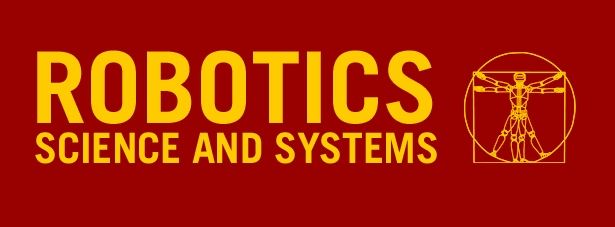
Invited Talks
 |
David Forsyth |
Biography: I am currently a full professor at U. Illinois at Urbana-Champaign, where I recently moved from U.C Berkeley, where I was also full professor. I have published over 130 papers on computer vision, computer graphics and machine learning. I have served as program co- chair for IEEE Computer Vision and Pattern Recognition in 2000, general co-chair for CVPR 2006, and program co-chair for the European Conference on Computer Vision 2008, and am a regular member of the program committee of all major international conferences on computer vision. I have served four years on the SIGGRAPH program committee, and am a regular reviewer for that conference. I have received best paper awards at the International Conference on Computer Vision and at the European Conference on Computer Vision. I received an IEEE technical achievement award for 2005 for my research and became an IEEE fellow in 2009. My recent textbook, "Computer Vision: A Modern Approach" (joint with J. Ponce and published by Prentice Hall) is now widely adopted as a course text (adoptions include MIT, U. Wisconsin-Madison, UIUC, Georgia Tech and U.C. Berkeley). |
|
More Words and Bigger Pictures
Object recognition is a little like translation: a picture (text in a source language) goes in, and a description (text in a target language) comes out. I will use this analogy, which has proven fertile, to describe recent progress in object recognition.
|
|